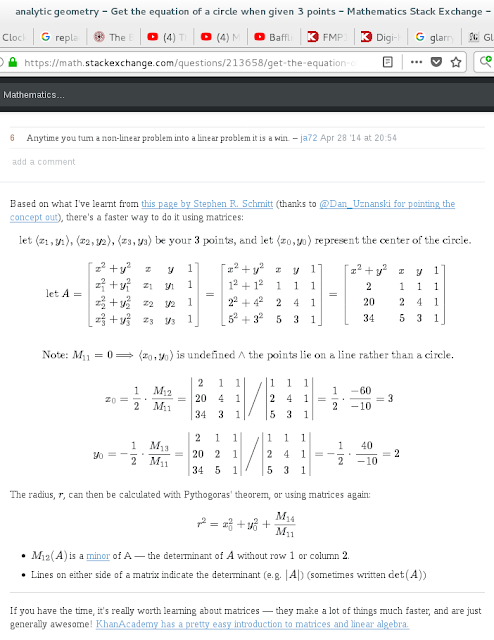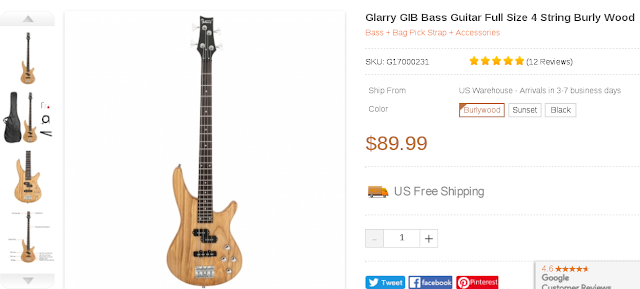more accurate graphics

Here, I have upgraded find_circle.c, so that it starts with the desired initial and final values for the radius, and for the width of the string band. The positions of the strings are calculated to evenly fit across these chosen radiuses. So this figure is finally representative of something realistic. In this case, I have chosen 1.75" width and 9.5" radius at the nut, 2.25" width and 2.5" radius at the bridge. I used 40 steps in this diagram. Values I've seen for bass scale, in inches, range from about 35" - 41". So, roughly speaking, each circle represents the radius at a spacing of 1 inch along the fingerboard. (Keep in mind that this diagram represents the full region between nut and bridge, but normally the fingerboard stops somewhere above the bridge. With the Glarry bass (Ibanez-style), the existing fingerboard covers 2 octaves (24 frets), so this would encompass the first 75% of the diagram, i.e., the 30 radius circles starting at ...





